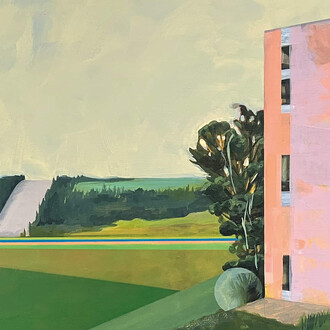Feared, imitated or honoured, the bear is often perceived as the animal most similar to humans.
The first representations of bears appeared 40,000 years ago during prehistory, a period of intense artistic and spiritual vitality. Bears were given a particular treatment. Engraved and painted in caves, they are often depicted in isolation, hidden in hard-to-reach recesses. Their depiction is subtle, with meticulous detail in the face. Pebbles and engraved or sculpted stone blocks, statuettes and finely crafted bone or ivory plates, cave paintings and clay models, these representations reveal the details of the bears’ fur, eyes and ears. In contrast their anatomy is very typical, even stereotyped.
Focusing on the figurations from a distant past, the Laténium exhibition shows this hidden bear, and then returns us to current representations of an animal with which we have an ambiguous relationship.
An exhibition produced in collaboration with the Réunion des musées nationaux-Grand Palais and the Musée d’archéologie nationale – Domaine national de Saint-Germain-en-Laye (France).












![Karel Appel, Le coq furieux [The furious rooster] (detail), 1952. Courtesy of Kunstmuseum Bern](http://media.meer.com/attachments/de322f88933729d2014dc4e021d4a6694046a744/store/fill/330/330/c26a6c5ef5e2ed397d4a2e9bc00ac739c40ba8384f45f9ce1ed85adba600/Karel-Appel-Le-coq-furieux-The-furious-rooster-detail-1952-Courtesy-of-Kunstmuseum-Bern.jpg)